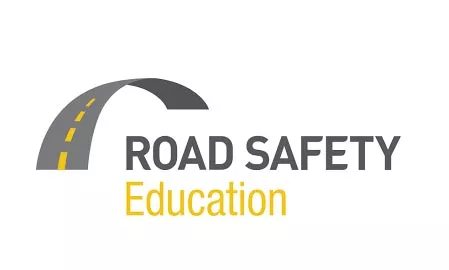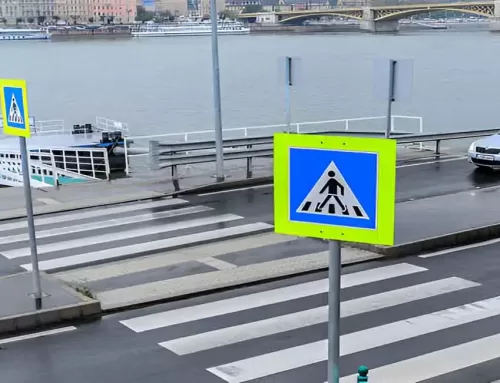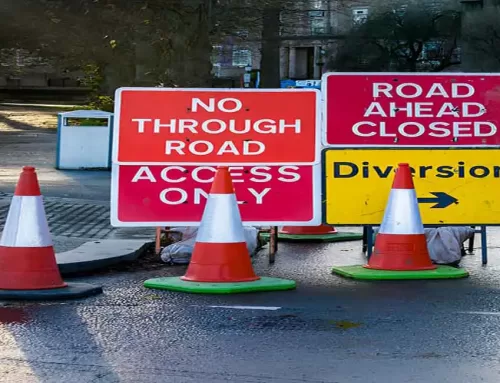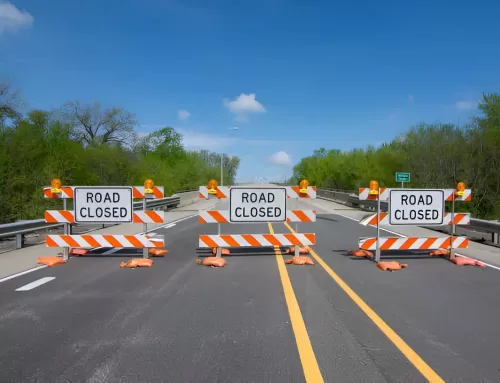Why Road Safety Education is Needed?

Why is road safety education needed? Road crashes are preventable with proper education. This article examines some of the benefits of road safety education. Listed below are some of the main benefits. Knowledge development, Prevention of human errors, and Lessons in a real traffic environment. All of these benefits increase the likelihood of avoiding an accident. These benefits are reflected in the cost savings realized by communities. Read on to find out more.
Lessons in real traffic environment
Teaching road safety is a complex process involving the whole person, from psycho-physical aspects to how people relate to others and the environment. Road safety education is important for the holistic development of people, promoting social, ethical, and individual dimensions of life. To make it easier for young people to appreciate the value of road safety, a variety of teaching methods are available. One method is incorporating road safety into other subjects, such as physical education, assemblies, lunchtime activities, and general ‘well-being’ lessons.
Another method involves exposing children to real traffic environments. By exposing children to real traffic situations, they will be able to experience the importance of road safety, both in a controlled environment and when they are left to their own devices. Taking children on their own trips can also reinforce positive road behaviors, as long as they are accompanied by an adult. Here are some ways to incorporate road safety education into the curriculum:
Prevention of road crashes
A number of factors can affect the number of fatalities caused by road crashes. Children make up almost half of the world’s road users, yet only half of them are educated about road safety. The numbers are even more alarming when you consider that low-income countries account for 85% of road traffic fatalities and produce about 40% of the world’s vehicles. By 2020, road traffic crashes are estimated to kill 1.9 million people per year, affecting most countries in the world. In the United States, road traffic crashes kill nearly 3 million people every year. The United States alone accounts for 4% of fatal road crashes. Sadly, road crashes cause a significant proportion of road injuries. Many crashes result in death or serious injury, and crash victims make up between 30 to 86% of trauma admissions.
The effectiveness of road safety education is still in question, however. Some studies have indicated that it is not a sufficient means of reducing road crashes. A large majority of road safety education programs are directed toward children and are delivered in schools. While this is a valuable part of the overall prevention strategy, some materials can be utilized outside of schools. Traffic Club, for example, provides material for parents to use with their pre-school children. This shows that parents must be involved in road safety education for very young children.
For the material to help children avoid traffic hurts, you can turn to how to keep children safe in traffic by reflective products.
Knowledge development
The Decade of Action for Road Safety puts education at the center of the efforts to reduce road traffic injuries and deaths. The initiative has helped reduce road traffic deaths and injuries in developed countries, but a proper education program is required in developing countries as well. The aim of this study was to develop a National Road Traffic Safety Education Program to decrease road traffic injuries and deaths. It also aimed to promote awareness and understanding of traffic rules, and discourage unsafe driving and other roadside acts.
Nine questions related directly to the content of the video were used to assess the children’s road safety knowledge. These questions were presented in three different formats and were designed to maintain children’s attention. Their answers were coded in relation to the content of the video, using a relational coding scheme. Overall, children’s response patterns remained constant. For example, most children thought crossing the road without looking was dangerous and believed that they should look both ways before crossing.
Prevention of human errors
A recent study on the prevention of human errors in road traffic accidents has found that drivers’ natural driving behavior, including risk-taking and hazard perception, is influenced by age, perceptual/cognitive abilities, and previous driving experience. These factors influence the severity of accidents and the frequency of road incidents. Previous road safety studies help policymakers and educational practitioners understand why human errors occur and how to better address them.
The focus of contemporary road safety practice and research has increasingly shifted from identifying the causes of immediate driver errors to examining the systemic causes. In driver-centric discourse, errors are framed in terms of bad attitudes and indiscipline, ignoring system-level factors that influence drivers’ behavior and road safety outcomes. The new research approach is interdisciplinary, integrating lessons from different fields, including road safety, workplace safety, and urban planning.





